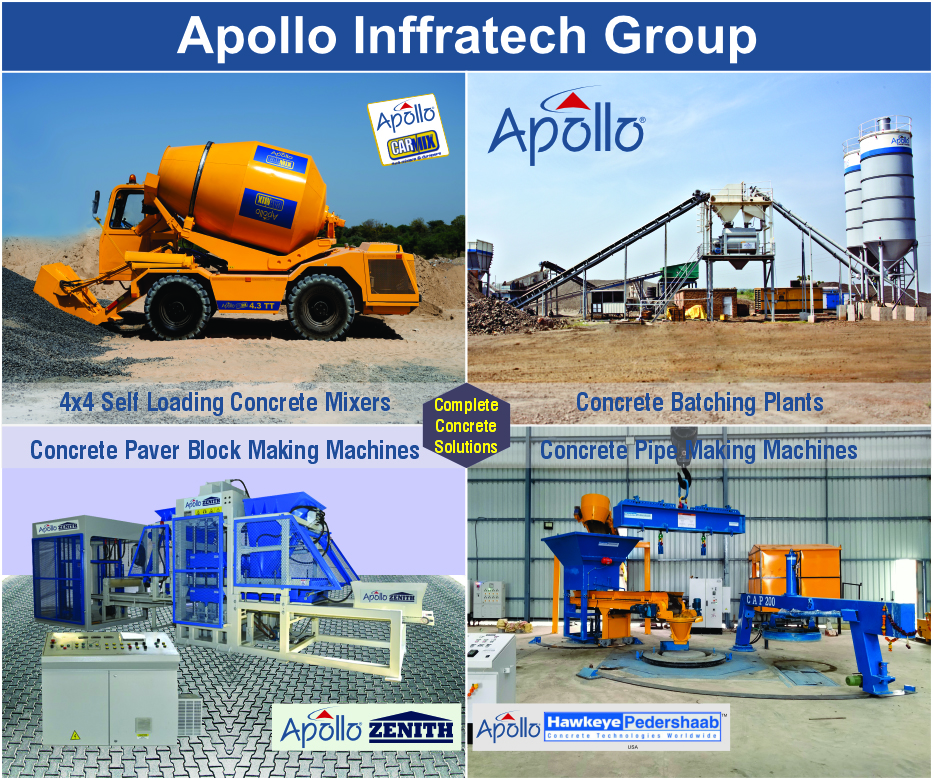In a bold leap forward, Google Research has released a detailed design study titled “Exploring a space-based, scalable AI infrastructure system design”, outlining how large-scale AI computation might eventually migrate beyond terrestrial data centres.
Key Design Concept
The envisioned system centres on a tightly-clustered constellation of satellites operating in a dawn–dusk sun-synchronous low Earth orbit (LEO). This choice ensures nearly continuous solar exposure, vastly improving energy harvesting compared to ground-based solar arrays. The satellites would host AI accelerators (such as tensor processing units) and interlink via ultra-high-bandwidth optical links, replicating data-centre-scale performance in orbit.
Technical Pillars and Challenges
-
Inter-satellite links at data-centre speeds: The system targets tens of terabits per second between nodes, via dense wavelength‐division multiplexing and spatial multiplexing. Achieving this demands satellites in very close formation (kilometres or less apart).
-
Formation-flying and orbital control: Coordinating hundreds (or thousands) of satellites in a compact cluster brings challenges in orbital mechanics, disturbance management and collision avoidance.
-
Mass-efficient compute design: Launch costs remain a key barrier: maximizing compute per kilogram—and minimizing power/battery mass—are central to viability.
-
Radiation, thermal and reliability constraints: Space is harsher than Earth’s data-centre environment. Components must survive radiation, thermal cycling and limited repairability.
-
Lifecycle & debris management: Large constellations raise concerns about end-of-life disposal, space debris and regulatory uncertainty.
Why It Matters
With surging demand for AI training and inference, constraints on terrestrial power, cooling and land are becoming acute. A space-based platform offers merits:
-
Vast solar energy with minimal night/dusk downtime.
-
Potentially global coverage for data-intensive tasks with fewer ground infrastructure constraints.
-
A leap toward a new compute frontier, decoupled from terrestrial bottlenecks.
Outlook and Implications
While still in research phase, this architecture signals the potential for a paradigm shift: envisioning “data-centres” in orbit. Practical deployment remains years away, but the study lays groundwork for:
-
How to architect satellite constellations for compute, not just communication.
-
New business models (e.g., compute in orbit as a service).
-
A rethinking of infrastructure investment (launch, space hardware, optics, compute modules).
For engineers, investors and technologists, the key takeaway is that scaling AI infrastructure may soon mean orbit, not just rack-space. And those who are designing now may shape the next frontier of compute.







